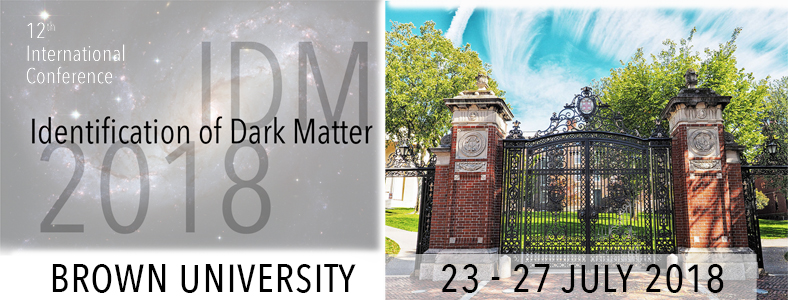Speaker
Description
The nature of the dark matter thought to make up most of the matter in the universe is unknown. It may consist of new particles from beyond the standard model. For close to two decades, the DAMA experiment has claimed to have detected such particles. This claim is controversial, in particular because there is no accepted model for the background radioactivity in DAMA. One major unknown is the contribution of the decay of potassium 40 (40K) by electron capture (EC) to ground state. The KDK (40K decay) experiment at Oak Ridge National Laboratories (ORNL) brings together groups from Queen's, ORNL, the University of Tennessee, the Max Planck Institute and TRIUMF. KDK will measure the EC branching ratio using a 40K source, a small detector to trigger on the 3 keV X-rays from EC, and a large outer detector to veto the 1.4 MeV gamma rays coming from the competing electron capture decays to an excited state. We will present the status of the experiment, including calibrations and data taking.
